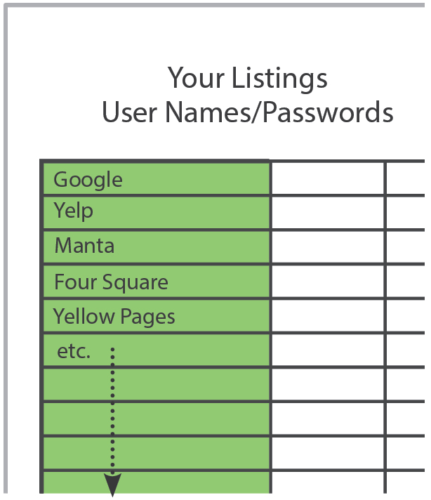
Marketing remains essential for businesses in order to successfully compete, sell products/services and become profitable and grow. Following are effective marketing best practices.
Set Attainable Goals
- Determine your position in the market and decide what you want to achieve.
- Keep your goals realistic, making them something you will be able to accomplish.
Establish Brand Identity and Target Market
- Brand Identity: Communicate what your business does with the right name, logo, colors, imagery.
- Target Market: Consider the age, gender, interests, location, etc. of your target customer.
Maintain a Website
- Nearly two-thirds of small businesses rely on websites to connect with customers.
- In this digital era, websites are the window to virtually any type of business.
Combine Online and Offline Strategies
- Combine online channels such as blogs, social media, etc., with offline marketing practices.
- Be mindful of SEO (Search Engine Optimization¹): incorporate relevant keywords into websites/online portals to rank higher on search engines.
Use Google Tools
- List your product/service on Google My Business² to gain search visibility, customer insights and display useful information to help customers find you.
- Prepare for a Google Ad Words³ campaign by setting a budget, finding the right keywords and creating landing pages that bear significance.
Don’t Discount Email Marketing
- Every new subscriber to your email list is a potential paying customer.
- Sixty-six percent of emails are opened on mobile devices; use mobile responsive templates that automatically adapt emails to mobile formats.
Prioritize Content Marketing
- Eighteen percent of marketers said content marketing had the greatest impact on their business.
- Create and share quality, unique content through webinars, blogs, social media posts, etc.
Join Local Business Groups / Solicit Customer Reviews
- Network and showcase your business and meet like-minded people to share stories/goals by joining local groups.
- Ask your customers for a review: feedback is a powerful tool for small business owners;
“The key to setting achievable marketing goals is to spend time evaluating your current position.” — Shanelle Mullin, Director of Marketing-Onboardly
¹SEO: methods used to increase traffic to a website by increasing its search engine page rank (techopedia.com).
²Google My Business: a tool to manage your online presence across Google.
³Google Ads: an online advertising program (support.google.com).
Source: smallbiztrends.com, reported by Gabrielle Pickard-Whitehead
 1. What’s driving the digital-out-of-home market?
1. What’s driving the digital-out-of-home market?

 4. Businesses are using big data to deliver the best DOOH experience for customers:
4. Businesses are using big data to deliver the best DOOH experience for customers: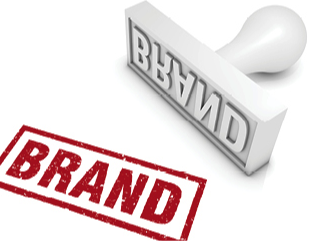 5. Three tips for successful indoor digital signage:
5. Three tips for successful indoor digital signage: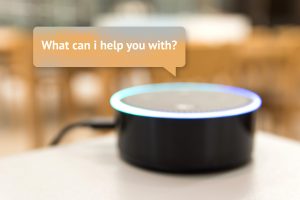
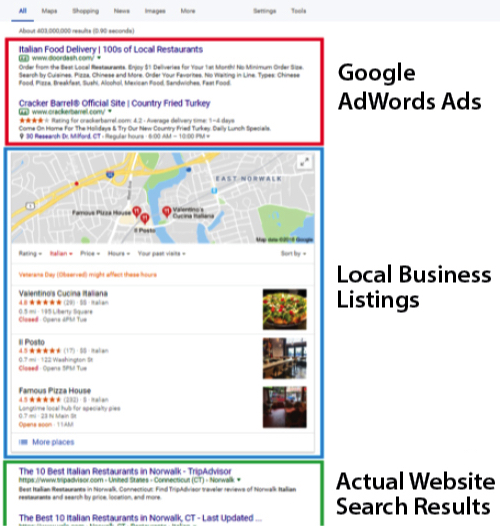

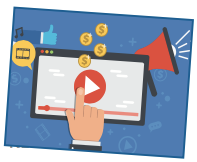


 A recent study shows that CMOs (Chief Marketing Officers) rank business growth as the top priority in marketing goals. Following are insights into achieving this objective, as well as other strategies and challenges*.
A recent study shows that CMOs (Chief Marketing Officers) rank business growth as the top priority in marketing goals. Following are insights into achieving this objective, as well as other strategies and challenges*.
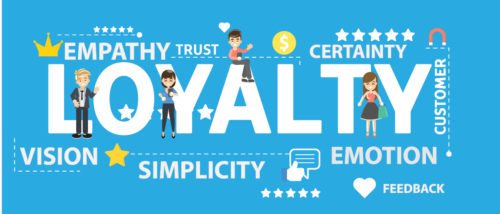
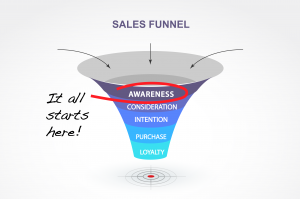

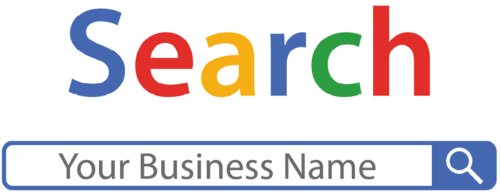 Google your business to see if it shows up in directories, such as Yellow Pages, Manta, Yelp, Foursquare, etc.
Google your business to see if it shows up in directories, such as Yellow Pages, Manta, Yelp, Foursquare, etc. Many directories add businesses on their own, not based on submissions.
Many directories add businesses on their own, not based on submissions.